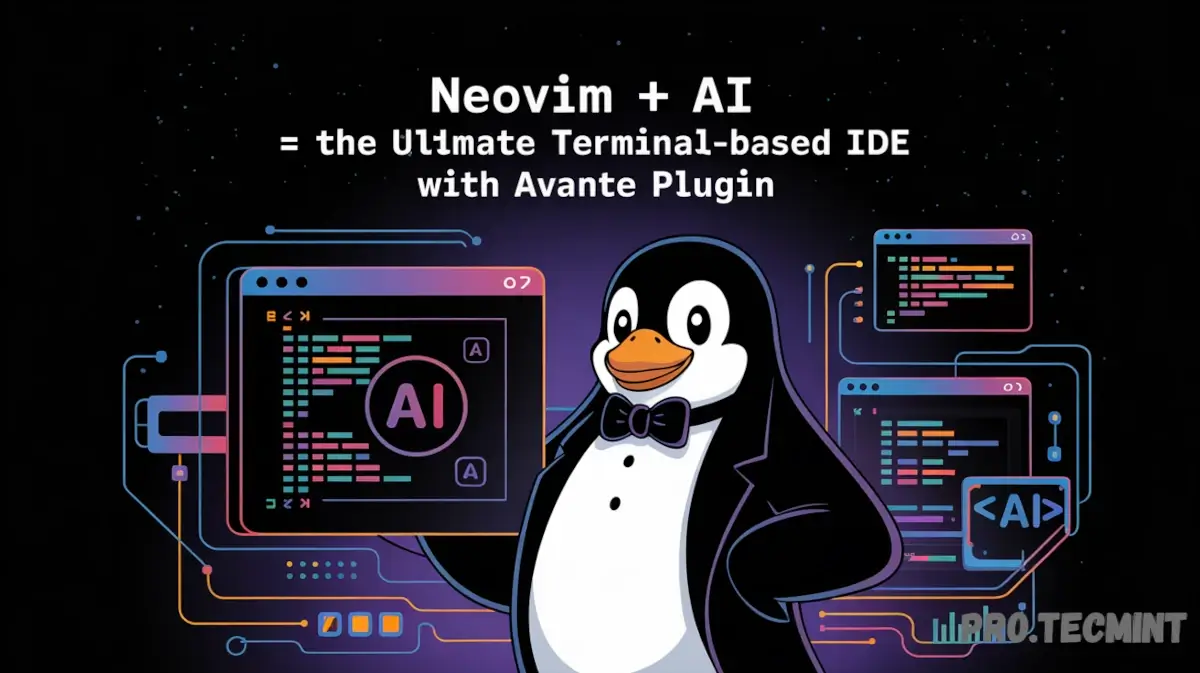Neovim + AI = The Ultimate Terminal-Based IDE with Avante Plugin
In this article, we will explore Avante plugins that enable AI assistance directly in Neovim, enhancing your terminal-based editing experience.

Linux users often prefer editors like Vim or Neovim for tasks ranging from simple file editing to managing entire projects, all directly from the terminal.
These editors are ideal for those who are deeply integrated with the terminal environment and prefer to perform all their work within it.
However, with the rise of AI tools, some Vim and Neovim users have shifted towards IDEs like VS Code and Cursor, which feature built-in AI functionality.
This shift is driven by the desire to leverage AI-assisted development without leaving the comfort of a graphical interface.
Fortunately, the Vim community, comprising skilled developers and maintainers, has created numerous plugins that integrate AI into Neovim, offering the same capabilities found in AI-powered IDEs.
As a result, there’s no need to switch from your preferred terminal-based editor. By installing the right plugin, you can seamlessly incorporate AI into your workflow within Neovim.
In this article, we will explore one of these plugins that enables AI assistance directly in Neovim, enhancing your terminal-based editing experience.
What is Avante
Avante is a Portuguese name, occasionally used in Spanish as well, meaning "let’s go". In the context of this project, it represents the invitation to enhance your coding experience with AI within Neovim. The aim of Avante is to replicate the interactive experience of the Cursor IDE inside Neovim.